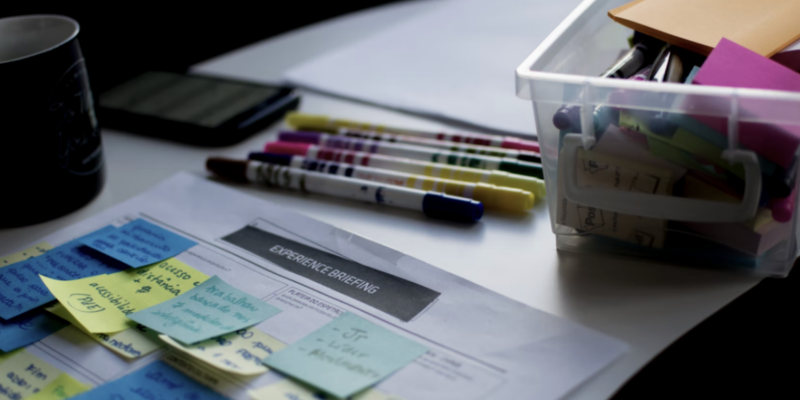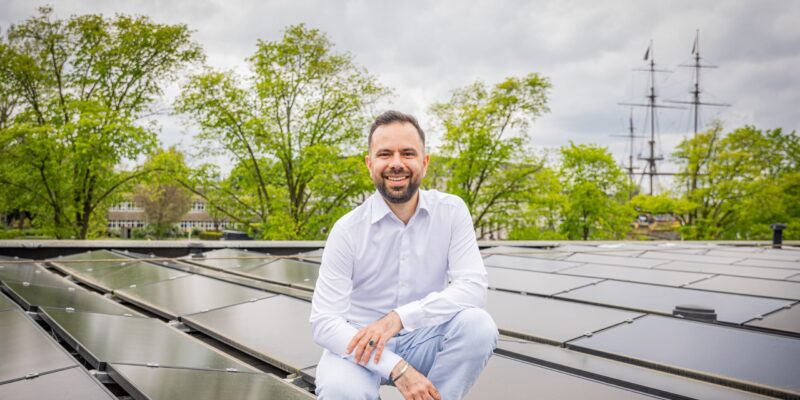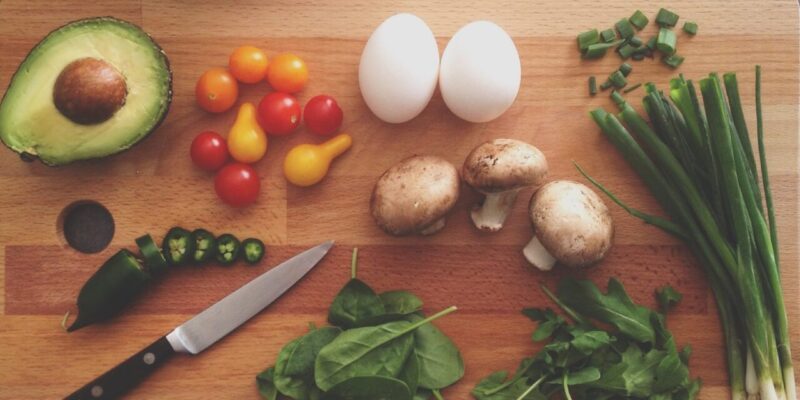Step by step to circularity: innovation in the floriculture sector
Floramedia designs and produces communication tools for the floriculture sector, including plant cuttings, plant labels, packaging and other printed communication. We spoke to Willem van Schaik, purchase manager at Floramedia. In this interview, he shares his insights on the steps the company is taking to make their products and processes circular.
What is Floramedia doing in terms of circularity?
‘For more than 15 years, we have collected all our production waste separately by raw material. This prevents a ‘waste mountain’ because we reuse our plastic to produce pots and trays, and by recycling cardboard and paper. Floramedia produces 600 million plant labels every year. These are largely made of plastic. As the market leader in Europe, our ambition is to become 100% circular. We are exploring ways to make our products more circular, as plastic poses an environmental challenge. We have therefore looked at alternative materials, such as cardboard, but plastic turns out to be the best option in many cases due to its moisture resistance. Besides cardboard labels, we are fully committed to recycled plastic, which incorporates our own production waste. For bioplastics, there are (currently still) too many disadvantages.’
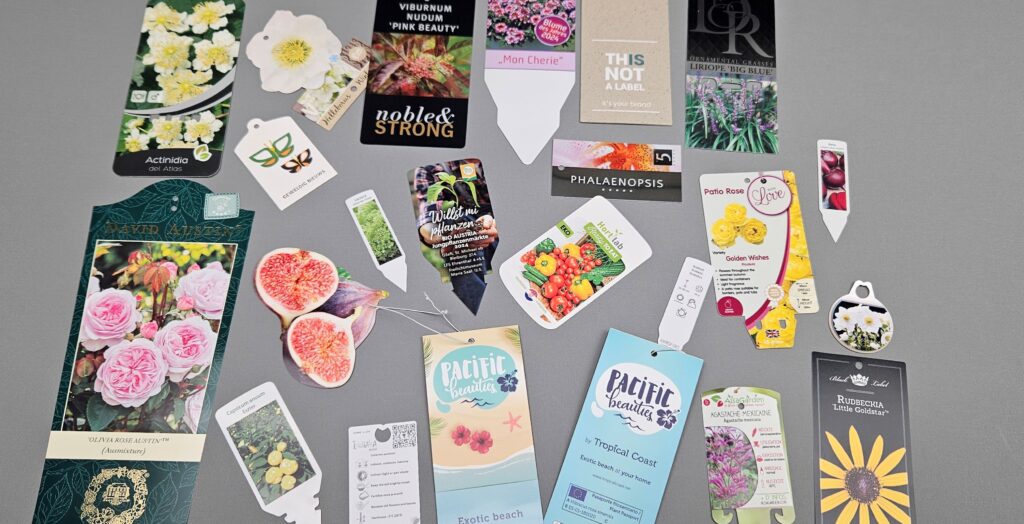
How does collaboration with suppliers play a role in your circular ambitions?
‘Collaborating with suppliers plays a big role. Together, we look for circular and smart solutions. A concrete example is the collaboration with our French supplier. This supplier supplies us with recycled plastic, which contains our own production waste. This proved a logistical challenge, as the large bins in which our production waste is transported were not collapsible. This caused a lot of carbon emissions due to empty trucks having to return and high transport costs. To overcome these problems, we worked with the supplier to introduce collapsible crates. Of the 26 full crates sent to the supplier, only two stacked crates are returned to Floramedia.’
How do regulations affect your circular ambitions?
‘The English market is very important to us and accounts for 25% of our total revenue. Regulations in the English market require that 30% of plastic used must be recycled. This has acted as a flywheel effect on our suppliers and clients. As a result, in addition to higher demand, much more recycled plastic has become available. Regulations like this can significantly boost circularity. Regulations in various countries are on the way, but if you ask me whether there is a centralised overview of these, I can’t give you an answer. Closely following the latest media and newsletters is my advice!’
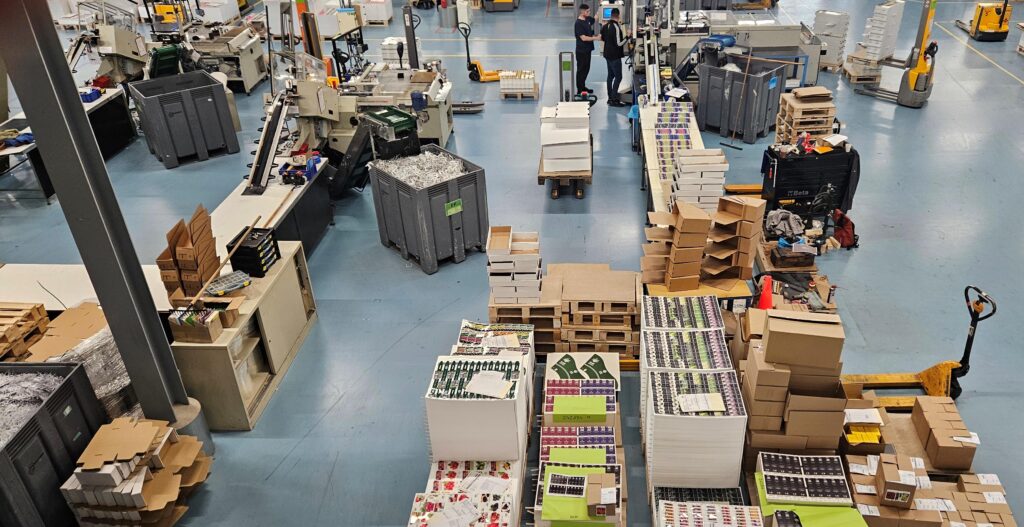
What are the challenges on the way to 100% circularity?
‘Plastic is a beautiful product, but it should not enter the environment. In addition, raw fossil materials are needed to produce plastic, which is no longer desirable. Besides consumers and processors, the producer also has a big responsibility in this. As a producer, you are responsible for communicating to further users in the chain how to handle the waste, which can help with recycling. One of the biggest challenges for us is the availability and quality of recycled plastic. Although progress is being made thanks to collaboration with suppliers and technological innovations, it is still difficult to obtain sufficient high-quality recycled material. This material is needed for our processing and application. Another challenge is the complex logistics surrounding the collection, sorting and processing of waste streams. This requires different or new storage and transport solutions. We keep investing in new technologies and processes to achieve our ambition of becoming fully circular (with our own waste). Finally, circular procurement is often thought to be more expensive, but this does not have to be the case at all. However, it does require a different way of thinking and working. Therefore, find supporters within your own organisation who share the same vision. Besides, it’s like climbing a mountain, the road is long and arduous (difficult if you want a more simple word), but the view at the end makes it all worthwhile.’
Find supporters within your own organisation who share the same vision.
Willem van Schaik
What is your advice for buyers?
‘Make a comprehensive material flow analysis of the materials that can become circular and, in addition to the expenditure (spend analysis), also look at the waste (waste analysis). You may be able to reuse this. It is important to understand where the biggest waste streams are and to investigate whether these can become circular. Here, collaboration with existing and new suppliers is crucial, along with offering long-term perspective. Our supplier has to invest to be able to process our waste into raw material and we are committed to that supplier.’
How will you realise the ambition of becoming fully circular?
‘By collaborating with suppliers and constantly innovating, we can make great strides in the coming years. Our ambition is clear: we want to go from 30% in steps, to 100% recycled plastic, and that shouldn’t take another six years! Ultimately, we then want to have our own fully circular chain. By keeping the focus on circularity and collaboration, we want to set an example for other companies in the sector and contribute much less to any negative environmental impact on earth.’
